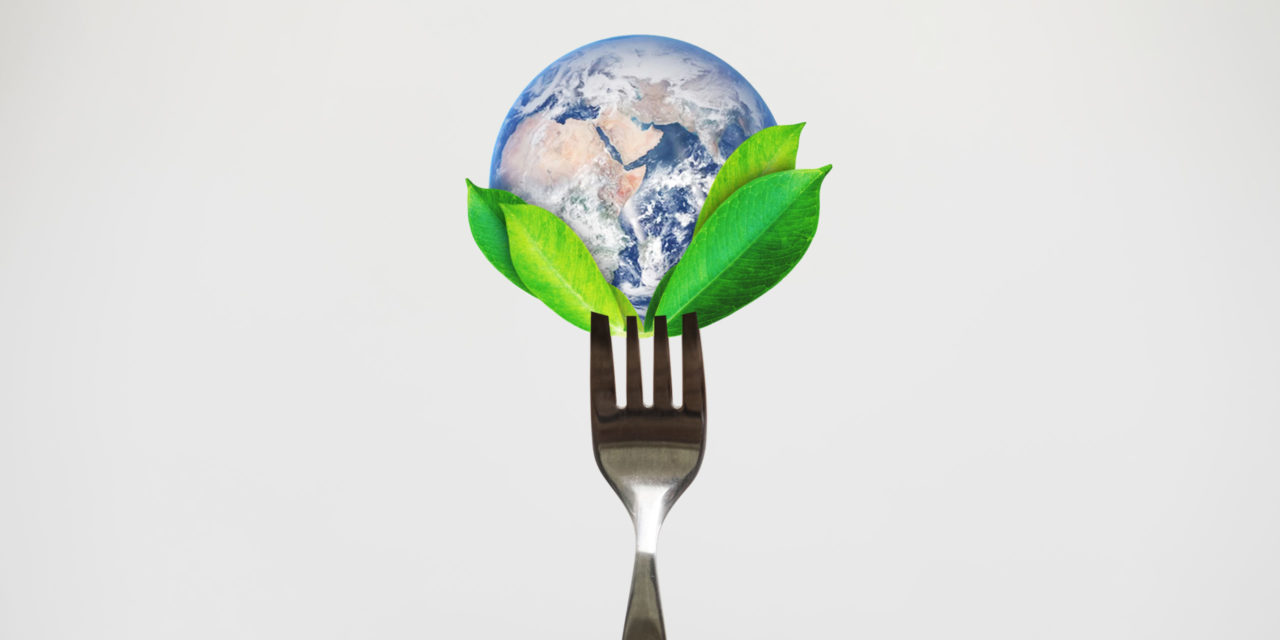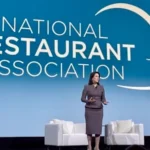Prior to the pandemic, healthier food choices and sustainability were priorities for consumers, and they are once again taking center stage. The National Restaurant Association’s 2022 State of the Restaurant Industry report predicted that sustainability will be one of the most important topics for consumers in 2022.
But what is sustainability? Sustainable food choices cover a broad range, and you may already be running a highly sustainable restaurant. But if you want to market this to potential customers, first you need to understand what it is.
For food establishments, sustainability can be very similar to efficiency. Sustain is an alliance with a mission to promote “healthy and sustainably produced food that protects people, animals and planet.” They say that while sustainable food is not universally defined, their working definition is food that is produced, processed, distributed and disposed of in ways that:
- Contribute to thriving local economies
- Protect the diversity of plants and animals and the welfare of farmed and wild species
- Avoid damaging or wasting natural resources or contributing to climate change
- Provide social benefits, such as good quality food and educational opportunities
An easy way to meet this standard is to serve food that has been produced and prepared in an efficient manner. That can also help you avoid supply chain struggles and reduce your costs, so for many hospitality businesses, sustainability is a win-win.
What you can do
Locally produced foods have multiple benefits. Not only do they appeal to people who want to support their community or reduce carbon footprint, but they can help you avoid supply chain issues and reduce transport costs. According to the National Restaurant Association, 38% of adults say they are more likely to try a restaurant that has locally sourced food available and 20% say the same for beer, wine and spirits. Listing the farm that the ingredients on a menu item came from is a popular practice for restaurants, and helps guests feel more connected to your establishment and their meal.
Less food waste is another win-win situation. Smaller menus are another top trend for restaurants this year. Efficient menus and fewer ingredients may have been forced upon restaurants that are experiencing frequent shortages and price increases, but these tactics also save you money by reducing food waste. In addition to streamlined menus, selling prepackaged and uncooked meals that otherwise might go to waste is an option. A recent poll found that 51% of adults say they would be willing to purchase fresh, uncooked food items from their favorite restaurants and 75% of millennials (born between 1981 and 1996) and Gen Z (born after 1997) poll participants said they would. This can help your restaurant become more efficient by reducing food waste, but it also lowers the customer’s footprint by providing them with additional meals from just one trip to the restaurant.
Packaging. Sustainable packaging was the National Restaurant Association’s number one food trend in their 2022 Culinary Forecast. Even as delivery and takeout continue to become more important for restaurants, the trend of sustainable packaging ranked higher than travel-ready packaging or containers that preserve temperature. This is a rapidly changing space as more solutions become available and it gives you an opportunity to brand your business to a customer who may never step inside your store. Including innovative, recyclable packaging in a delivery order can signal your company’s commitment to sustainability. To-go orders and single-use serviceware are traditionally not eco-friendly, but items like biodegradable utensils are becoming more common and foodservice suppliers are carrying more of them, helping restaurants meet demand.














